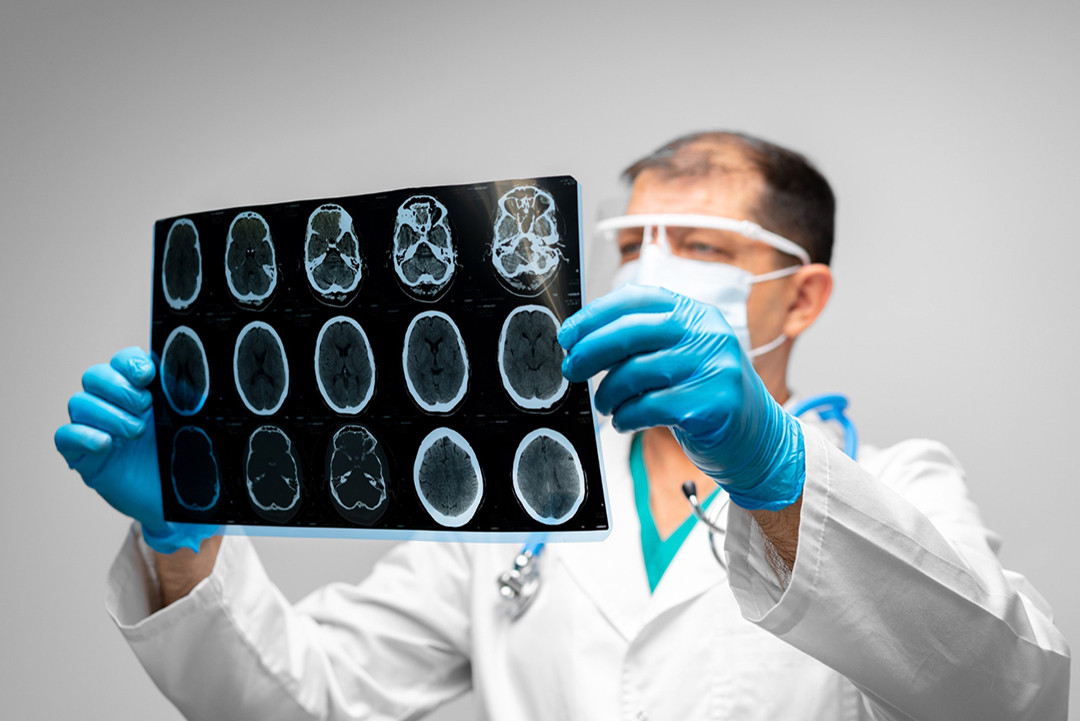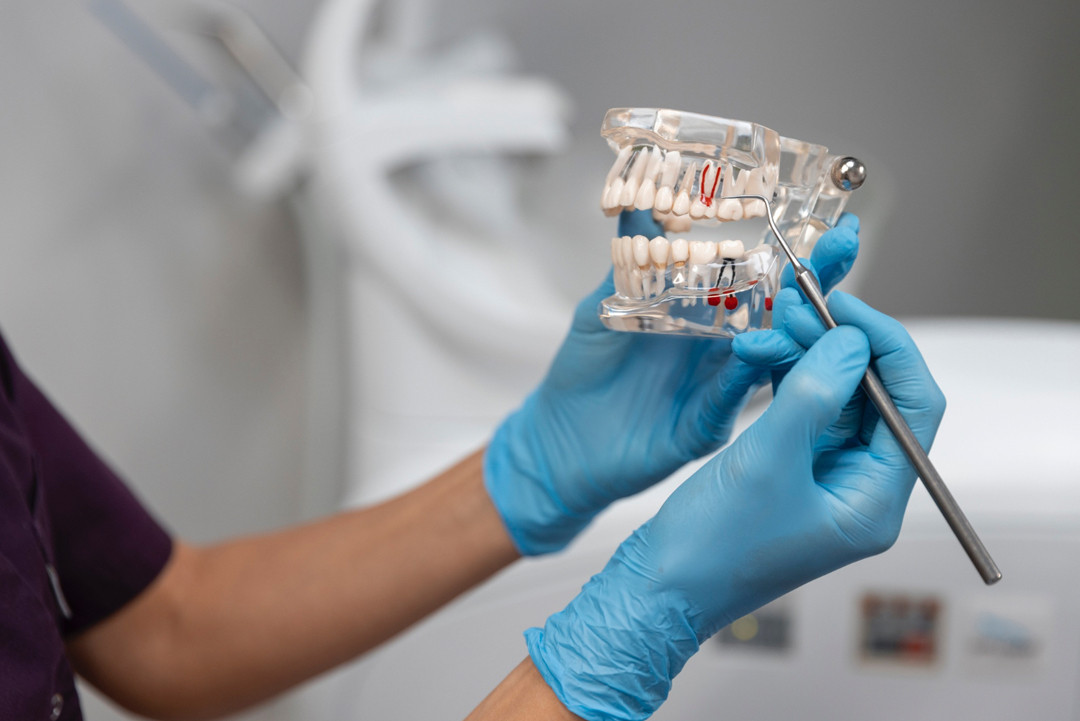What Does a Neurologist Do?
Neurologists specialize in diagnosing, monitoring, and treating conditions of the nervous system, including the brain, spinal cord, and peripheral nerves. These medical professionals:
- Conduct detailed physical examinations to detect neurological issues.
- Use diagnostic tools such as CT scans, MRIs, and EEGs for precise evaluations.
- Collaborate with rehabilitation specialists to create personalized treatment plans.
- Stay updated on advancements in neurology for the most effective care.
Early Signs of Neurological Disorders
Neurological disorders can present diverse symptoms, depending on the affected area. Common early signs include:
- Weakness or numbness in the face, arms, or legs.
- Difficulty in speaking, swallowing, or maintaining balance.
- Persistent headaches, migraines, or dizziness.
- Seizures or convulsions.
- Tremors, spasms, or coordination issues.
- Cognitive impairments, including memory loss.
- Emotional symptoms such as depression or anxiety.
Common Neurological Disorders
- Stroke
- Description: Disruption of blood supply to the brain, causing cell death.
- Symptoms: Sudden weakness, speech issues, or facial drooping.
- Treatment: Medications, physical therapy, or surgical interventions.
- Epilepsy
- Description: Recurrent seizures due to abnormal electrical brain activity.
- Management: Anti-epileptic medications and seizure monitoring.
- Multiple Sclerosis (MS)
- Description: Immune system attacks causing plaques in the brain and spinal cord.
- Symptoms: Vision issues, weakness, and coordination problems.
- Treatment: Immunotherapy and physical therapy.
- Alzheimer’s Disease
- Description: Progressive decline in memory and cognitive function.
- Management: Medications to slow progression, supportive care.
- Parkinson’s Disease
- Description: Neurodegeneration affecting movement.
- Symptoms: Tremors, stiffness, and balance problems.
- Treatment: Dopaminergic medications, physical therapy.
- Migraines
- Description: Intense headaches often accompanied by nausea and light sensitivity.
- Treatment: Medications and stress management techniques.
- Brain and Spinal Cord Injuries
- Description: Trauma affecting communication between the brain and body.
- Management: Rehabilitation, medications, and, in some cases, surgery.
Diagnostic Methods in Neurology
- CT Scan
- Purpose: Detect brain abnormalities like tumors or bleeding.
- MRI
- Purpose: Provide detailed images of brain and spinal tissue changes.
- Electroencephalography (EEG)
- Purpose: Record brain electrical activity to diagnose epilepsy or brain disorders.
- Electromyography (EMG)
- Purpose: Assess muscle electrical activity to detect nerve or muscle damage.
- Lumbar Puncture
- Purpose: Examine cerebrospinal fluid for infections or other conditions.
Treatment Options for Neurological Disorders
- Medications
- Examples:
- Anti-seizure drugs for epilepsy.
- Dopaminergic agents for Parkinson’s disease.
- Immunomodulatory drugs for MS.
- Physical Therapy
- Improves mobility and strength in conditions like stroke or MS.
- Lifestyle Modifications
- Focused on diet, exercise, and stress management.
- Surgery
- Neurosurgeons, not neurologists, handle surgical interventions for conditions like tumors or severe nerve damage.
- Supportive Care
- Includes counseling and emotional support for patients and families.
Conclusion
Neurology provides cutting-edge diagnostic and therapeutic options for managing complex neurological conditions. Early detection, combined with appropriate treatments, can significantly improve patient outcomes. Consult a neurologist for personalized care tailored to your neurological health.


















